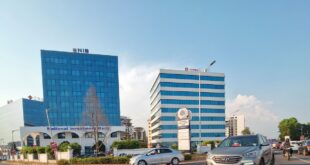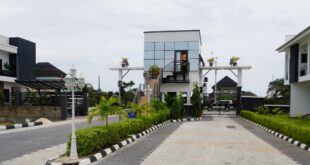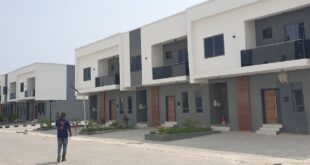Most African countries are bearing the brunt of the US-China trade war, as well as a slump in commodity prices which is greatly affecting exporters. This is according to the latest report from ICAEW – the Institute of Chartered Accountants in England and Wales – Economic Update: Africa Q3 2019. The report provides GDP growth forecasts for various regions including East Africa which is set to grow by 6.3%, West and Central Africa at 3.4%, Franc Zone at 4.7%, and Southern Africa at 1.3%
“While still expected to remain the strongest growing region on the continent, East Africa is projected to record a slightly lower real GDP growth rate of 6.3% this year compared to 2018.The fact that the countries in the region are not as reliant on commodities as sources of income shields them from global shocks”, he added.
In North Africa, the GDP growth rate is forecast to slow to 2.8% due to fluctuations in oil production in Libya which compounded the effect of weak Eurozone demand on the region’s other economies.
Regional GDP growth for Central and West Africa is forecast at 3.4% in 2019. This incorporates the impact of the Nigerian economy’s slow start to the year, as pipeline damage curtailed its oil production.
Southern Africa is forecast to keep struggling, with a growth rate of 1.3% in 2019. The region’s economic anchor, South Africa, is expected to show nearly-flat growth because of policy uncertainty, concerns over debt-laden parastatals and high unemployment. In the region’s other countries growth has been slowed by supply-side challenges, notably adverse weather conditions in the wake of two cyclones, a regional rainfall deficit and power rationing.
The full Economic Update: Africa report can be found here:
https://www.icaew.com/technical/economy/economic-insight/economic-insight-africa
Content distributed by African Media Agency (AMA) on behalf of ICAEW.
 THE AFRICAN COURIER. Reporting Africa and its Diaspora! The African Courier is an international magazine published in Germany to report on Africa and the Diaspora African experience. The first issue of the bimonthly magazine appeared on the newsstands on 15 February 1998. The African Courier is a communication forum for European-African political, economic and cultural exchanges, and a voice for Africa in Europe.
THE AFRICAN COURIER. Reporting Africa and its Diaspora! The African Courier is an international magazine published in Germany to report on Africa and the Diaspora African experience. The first issue of the bimonthly magazine appeared on the newsstands on 15 February 1998. The African Courier is a communication forum for European-African political, economic and cultural exchanges, and a voice for Africa in Europe.






















